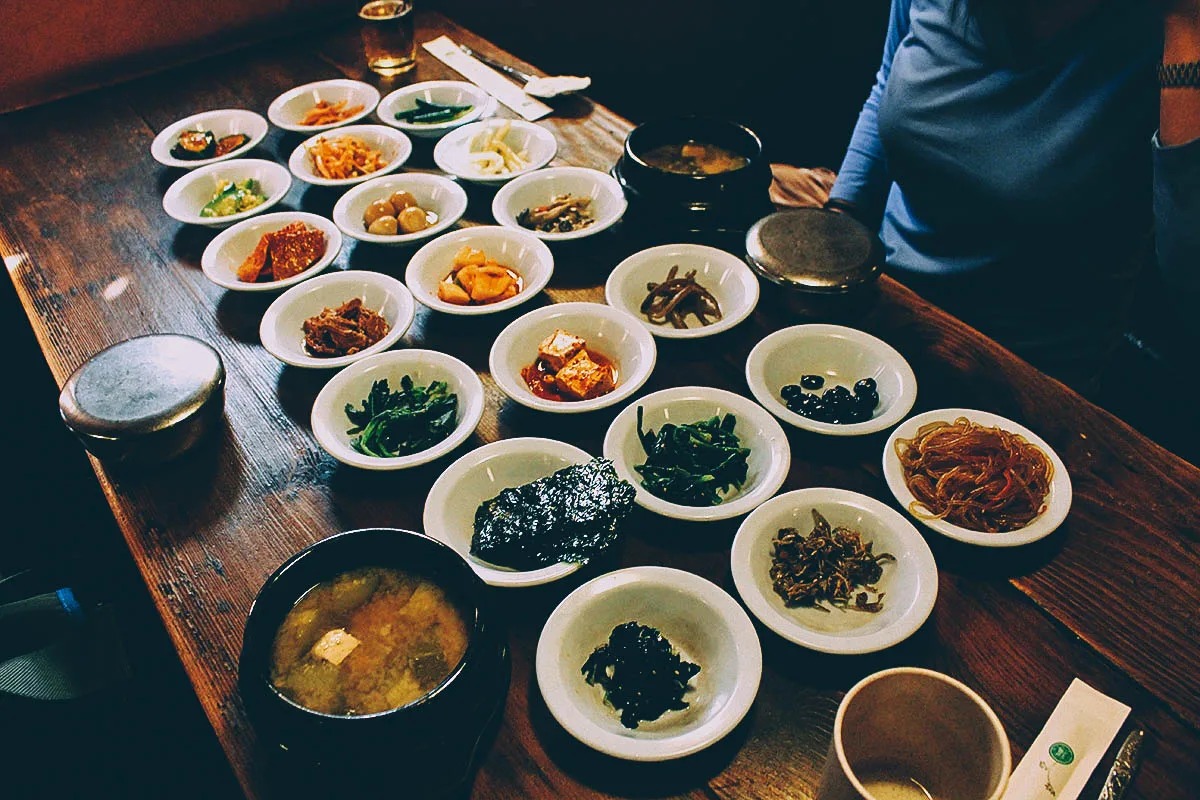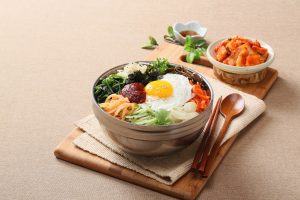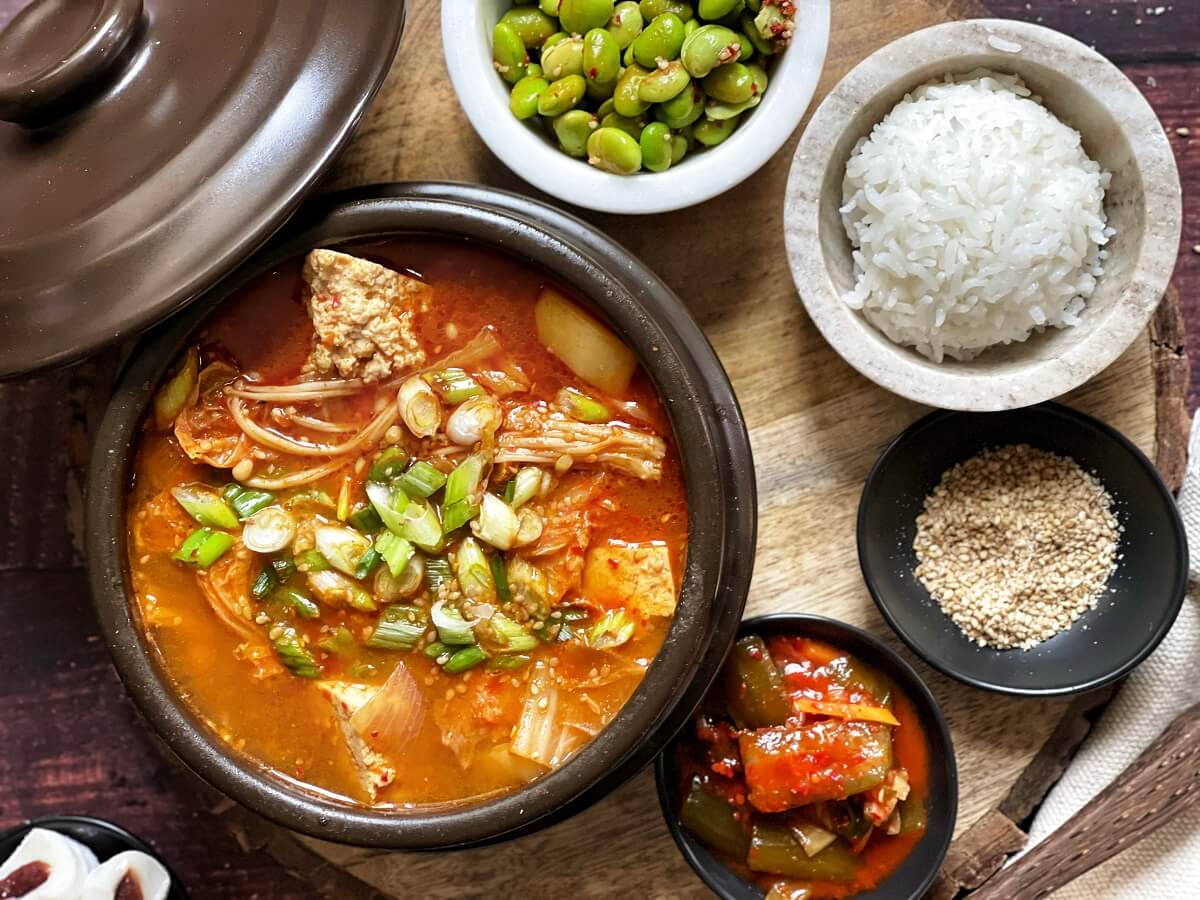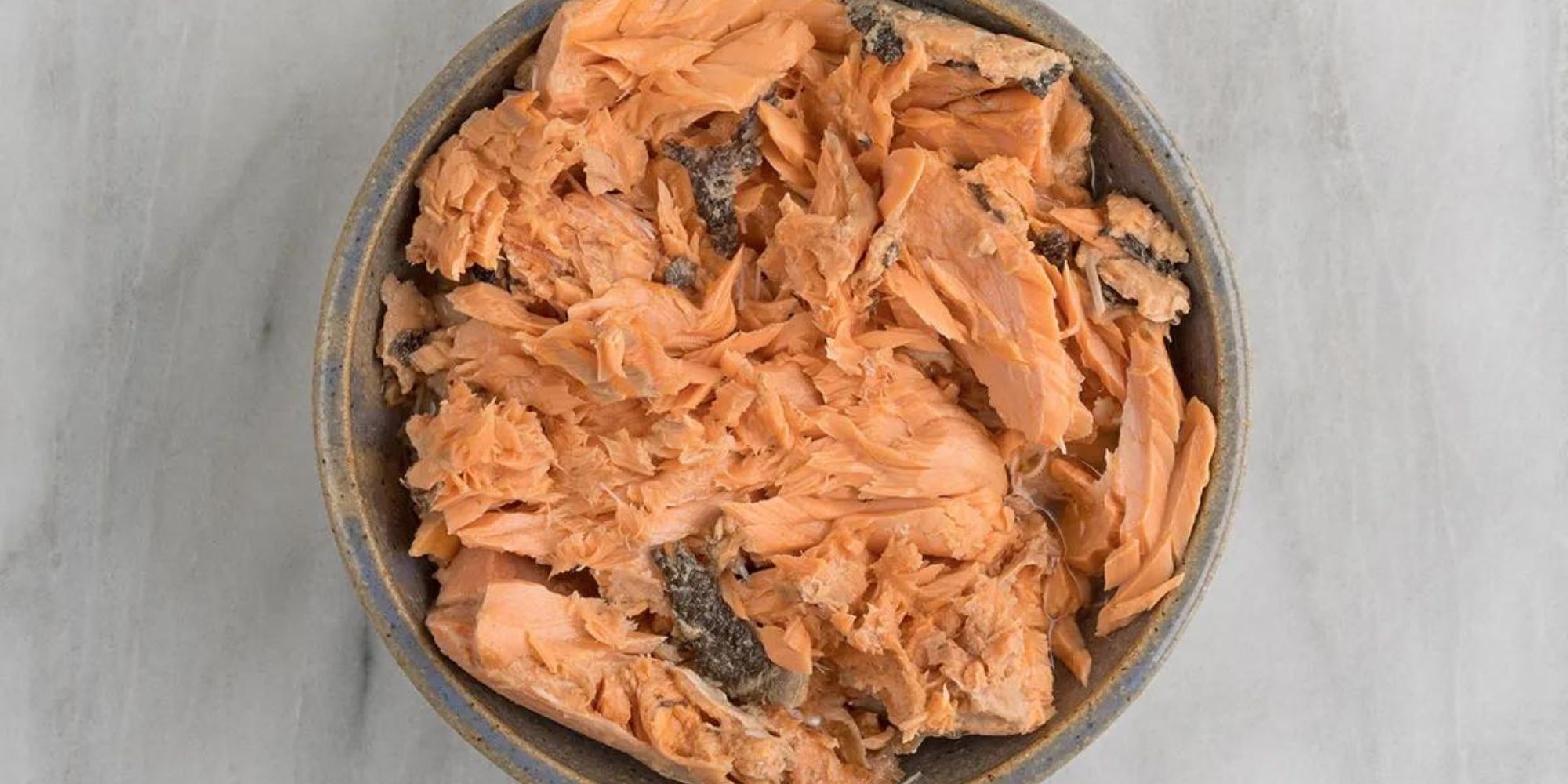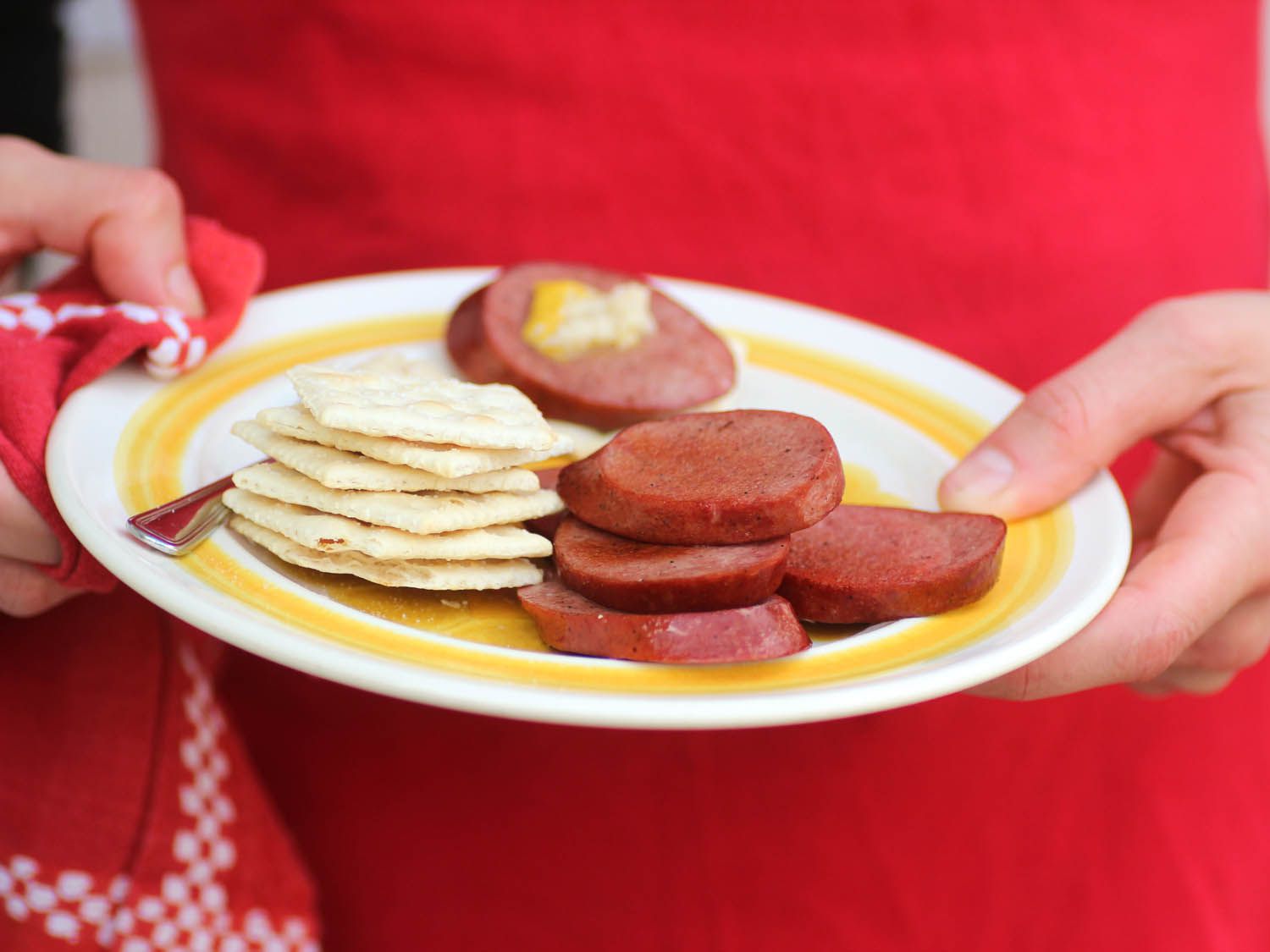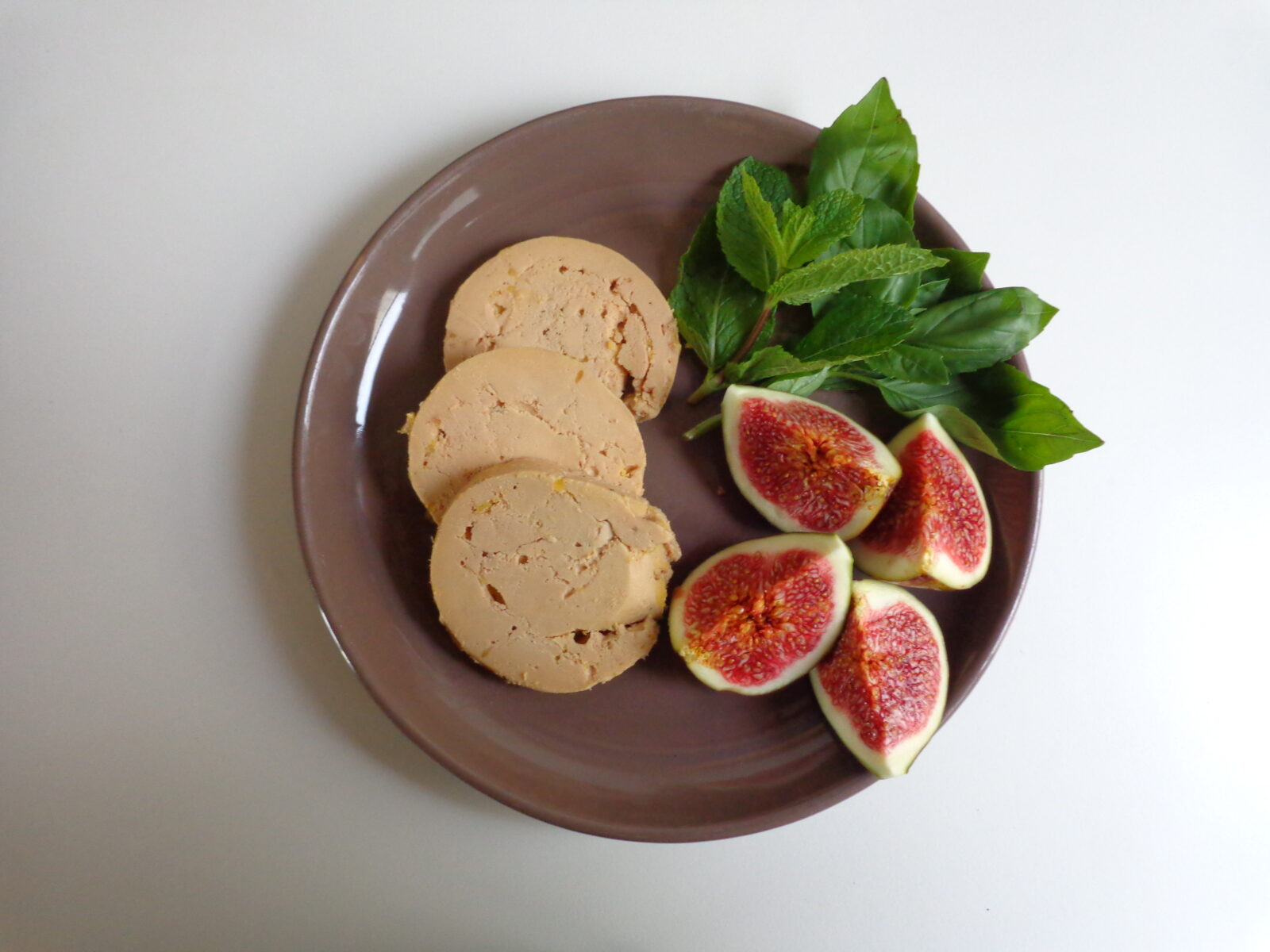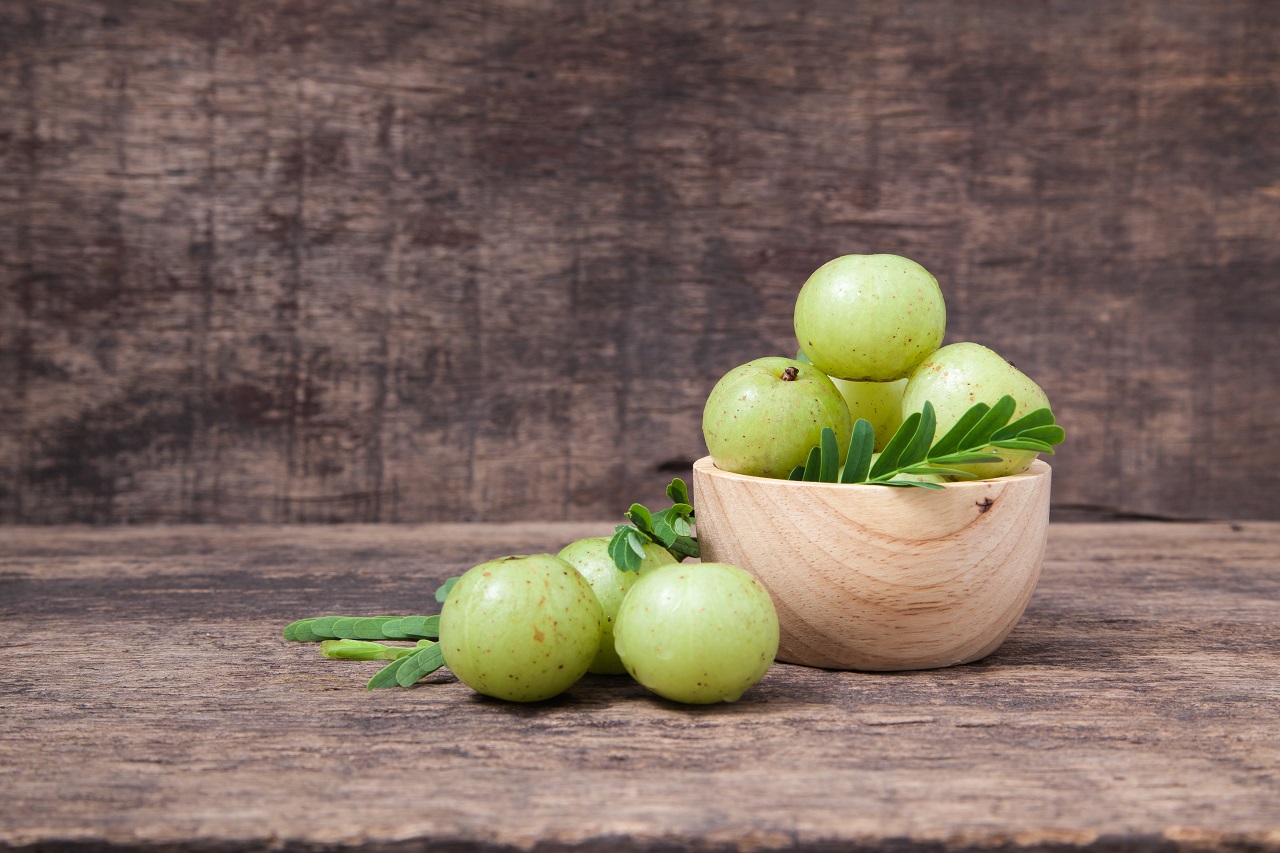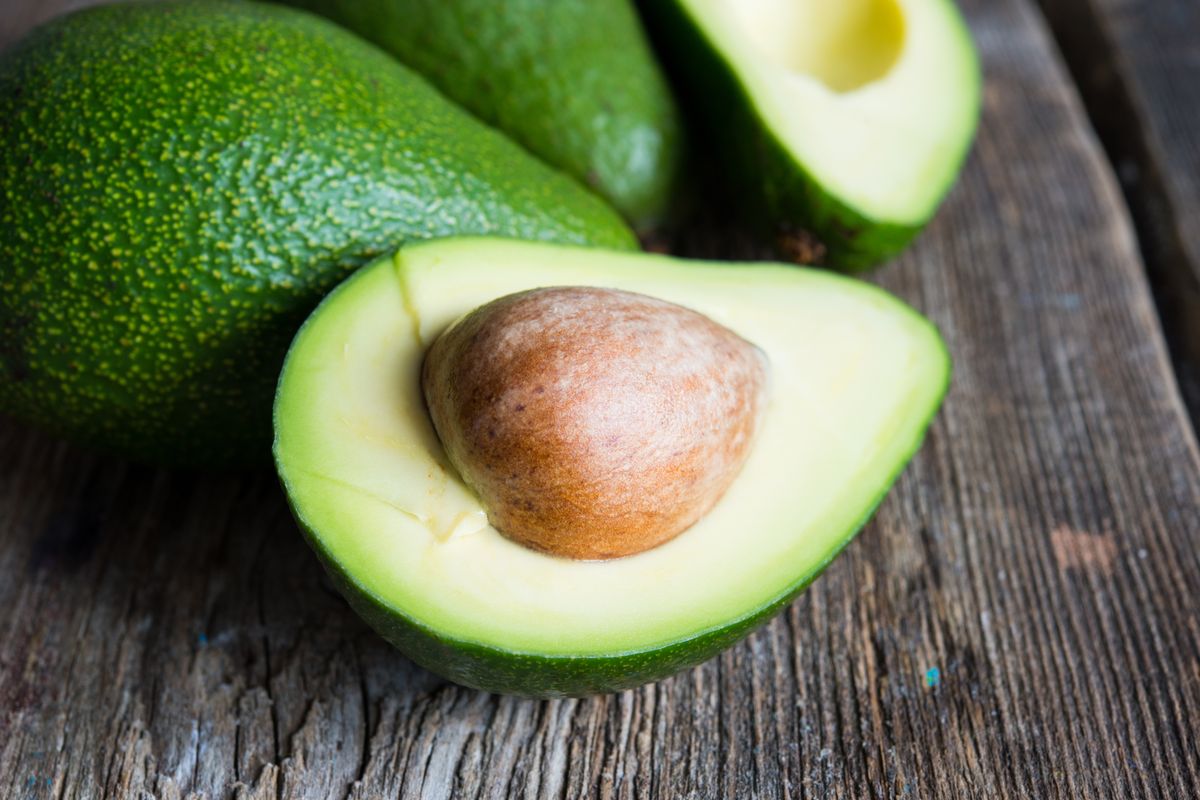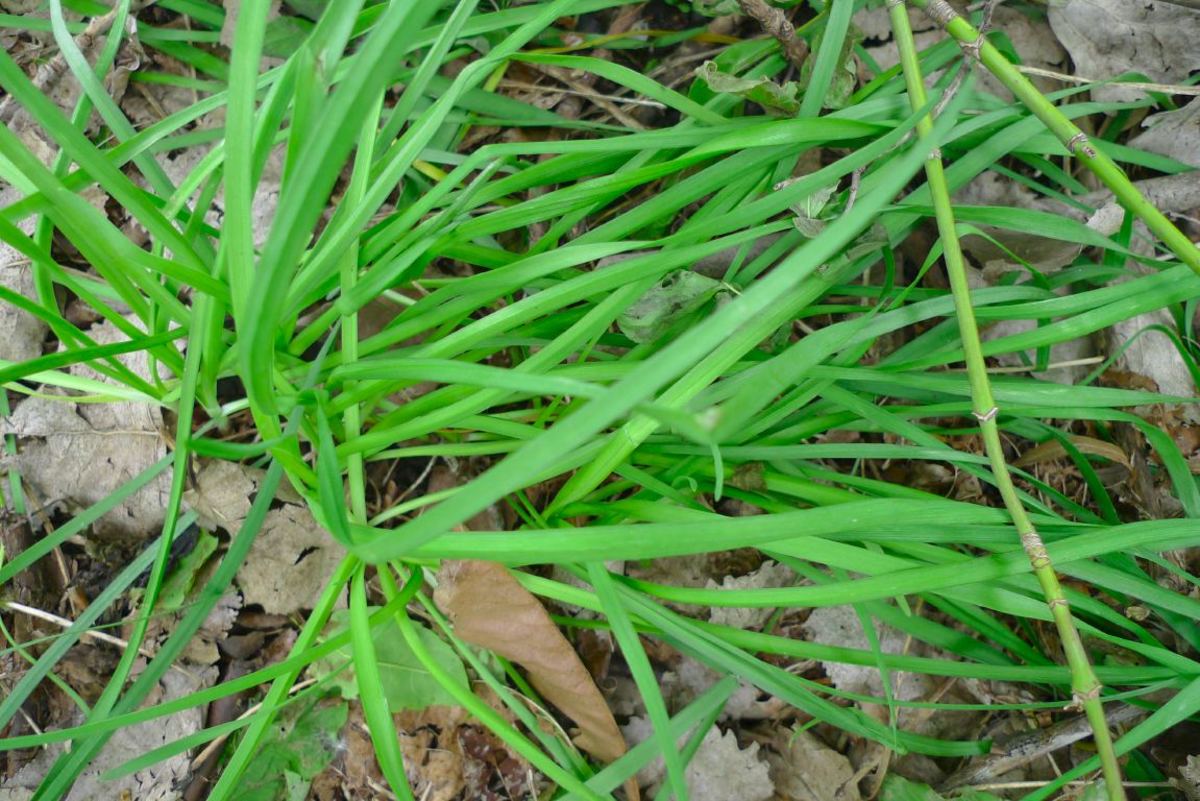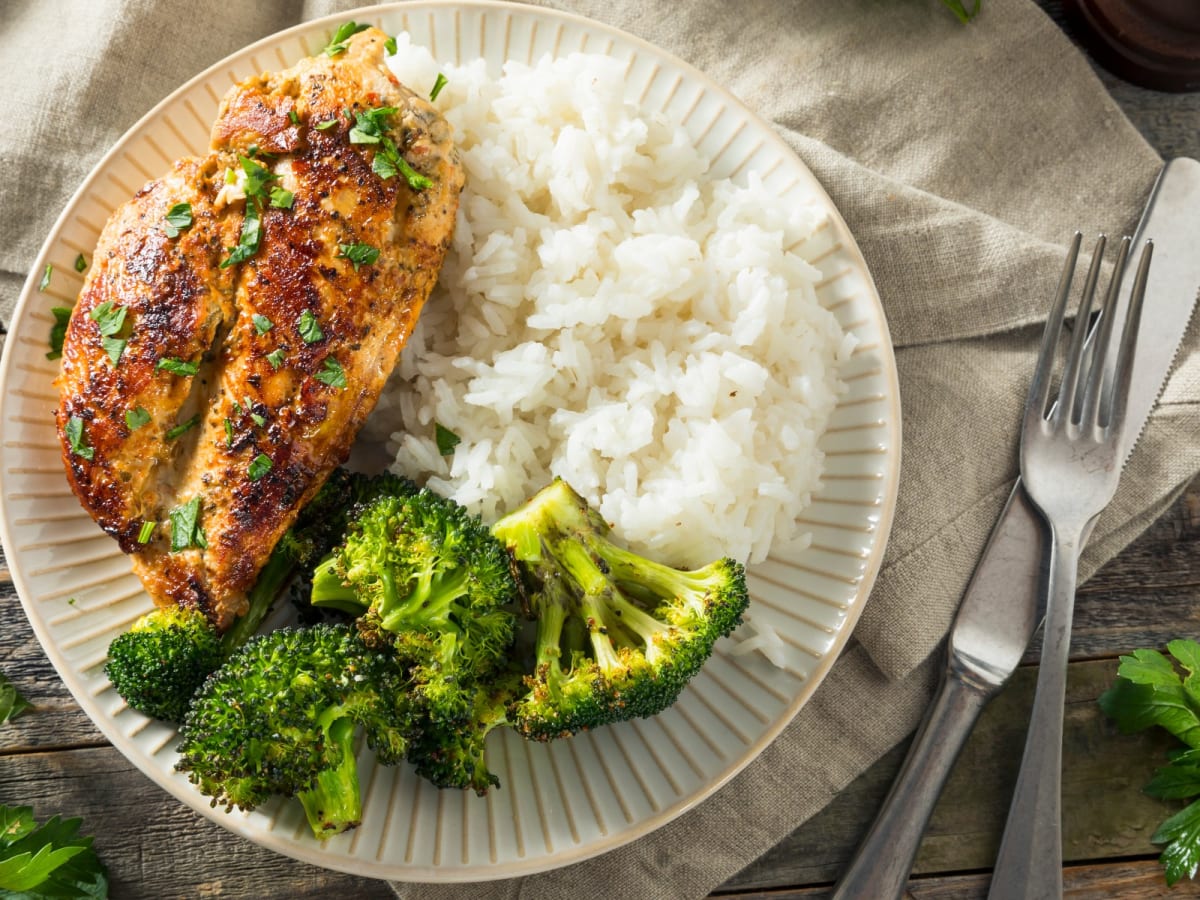How to Enjoy Spicy Korean Food Like a Pro
Spicy Korean food is known for its bold flavors and fiery kick. Whether you’re a spice enthusiast or new to the world of Korean cuisine, there are a few tips and tricks to help you fully enjoy the experience of eating spicy Korean dishes. From choosing the right dish to managing the heat, here’s a guide on how to eat spicy Korean food like a pro.
Choose the Right Dish
When diving into the world of spicy Korean food, it’s essential to start with the right dish. Some popular options include:
- Kimchi: This traditional Korean side dish consists of fermented vegetables, most commonly cabbage, and is often seasoned with spicy chili peppers. Its tangy and spicy flavor makes it a staple in Korean cuisine.
- Tteokbokki: These chewy rice cakes are typically cooked in a spicy and sweet sauce made from chili paste, giving them a deliciously fiery flavor.
- Bibimbap: While not always spicy, this mixed rice dish can be made with a spicy chili paste called gochujang, adding a kick to the medley of flavors.
Prepare Your Palate
Before indulging in a spicy Korean feast, it’s a good idea to prepare your palate for the heat. Here are a few ways to do so:
- Start with Mild Spices: If you’re new to spicy foods, consider starting with milder Korean dishes and gradually working your way up to spicier options.
- Have Some Dairy on Standby: Dairy products like milk, yogurt, or cheese can help counteract the heat of spicy foods, so having them on hand can provide relief if the spice becomes overwhelming.
- Stay Hydrated: Drinking water can help soothe the burn of spicy foods, so be sure to have a refreshing beverage nearby.
Embrace the Heat
When it comes to eating spicy Korean food, embracing the heat is part of the experience. Here are some tips for fully enjoying the spiciness:
- Take Small Bites: Instead of diving in with a big mouthful, take small, measured bites to savor the flavors and manage the spice level.
- Explore the Flavors: Spicy Korean dishes often feature a complex blend of flavors beyond just heat. Take the time to appreciate the layers of taste, from savory to sweet and everything in between.
- Don’t Be Afraid to Sweat: Spicy foods can make you perspire, and that’s okay! Embrace the endorphin rush that comes with eating something spicy.
Respect the Spice
While it’s important to embrace the heat, it’s also essential to respect it. Here’s how to do so:
- Know Your Limits: Everyone has a different tolerance for spicy foods. Pay attention to your own limits and don’t push yourself too far if the heat becomes too intense.
- Take Breaks: If the spice starts to overwhelm your taste buds, take a break and allow your palate to recover before diving back in.
- Enjoy the Afterglow: After eating spicy Korean food, you may experience a pleasant afterglow from the endorphins released by the spicy flavors. Take a moment to appreciate the sensation.
By following these tips, you can fully enjoy the experience of eating spicy Korean food and savor the bold flavors that this cuisine has to offer. So, the next time you sit down to a steaming bowl of tteokbokki or a plate of kimchi, you’ll be ready to handle the heat like a true pro.
Explore More Spicy Korean Recipes
After mastering the basics of enjoying spicy Korean cuisine, readers can enhance their culinary skills by trying out specific recipes listed in this guide. For beginners, the Learn Classic Kimchi provides an excellent start, teaching the traditional fermentation techniques fundamental to Korean cooking. More adventurous cooks might gravitate towards the Explore Tteokbokki, perfect for experiencing the iconic texture and heat that Korean street food offers. For a hearty meal, the Try Dakgalbi is highly recommended due to its rich flavors and communal eating style, making it a perfect dish for social gatherings. Each recipe offers a unique insight into the layers of flavors and techniques in Korean cooking, encouraging culinary exploration and skill enhancement.
